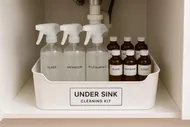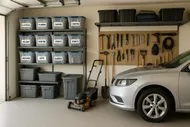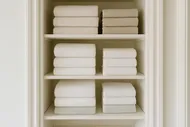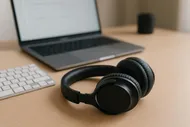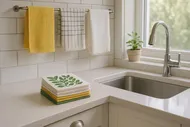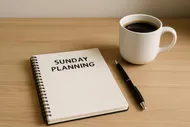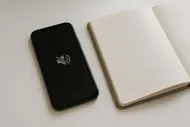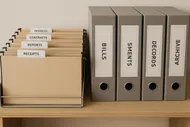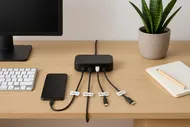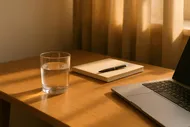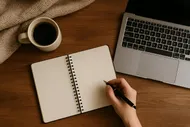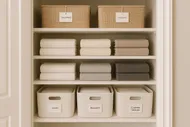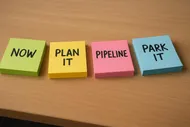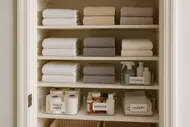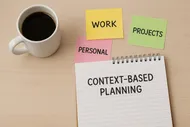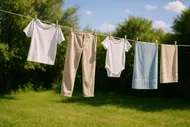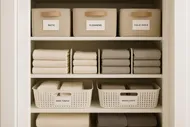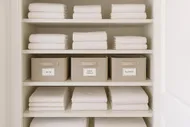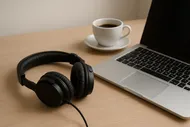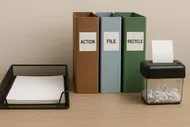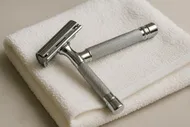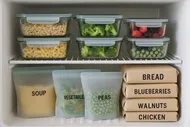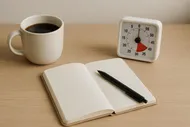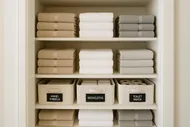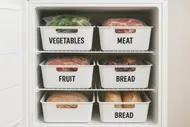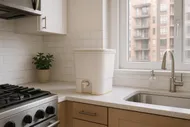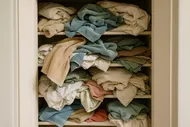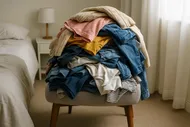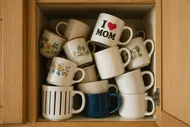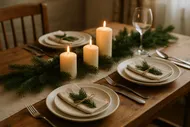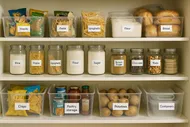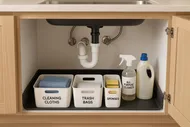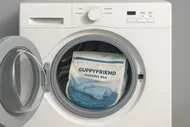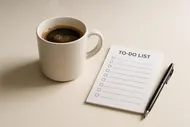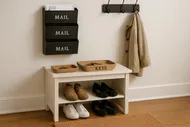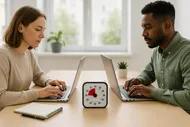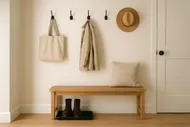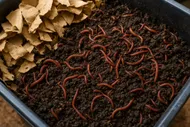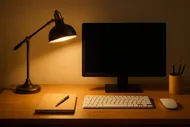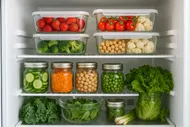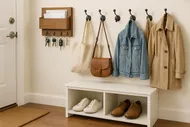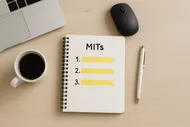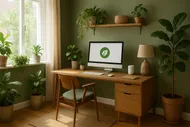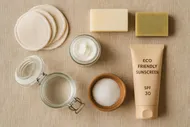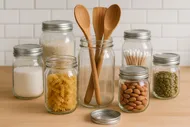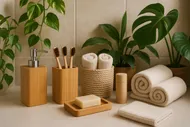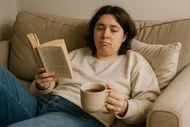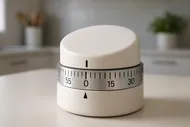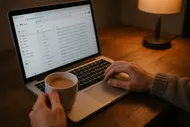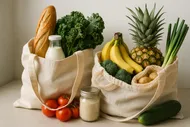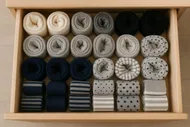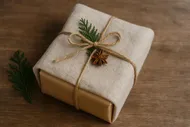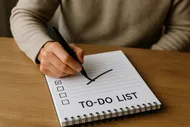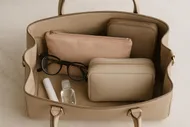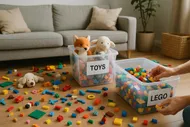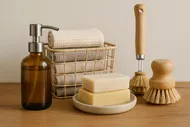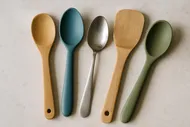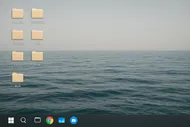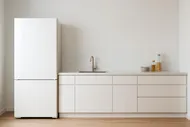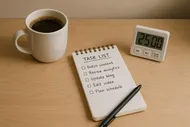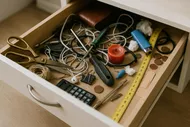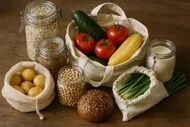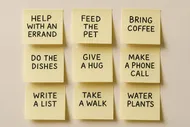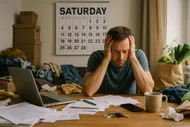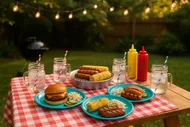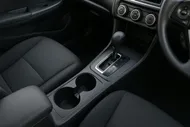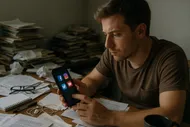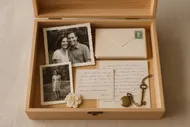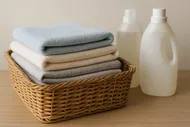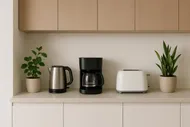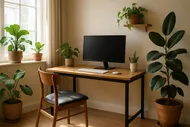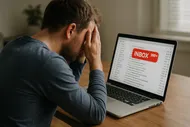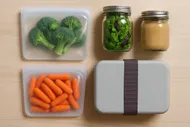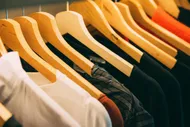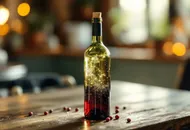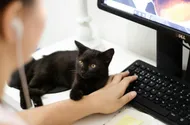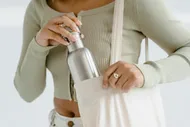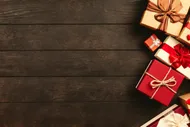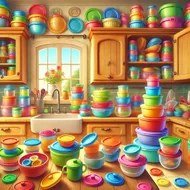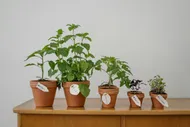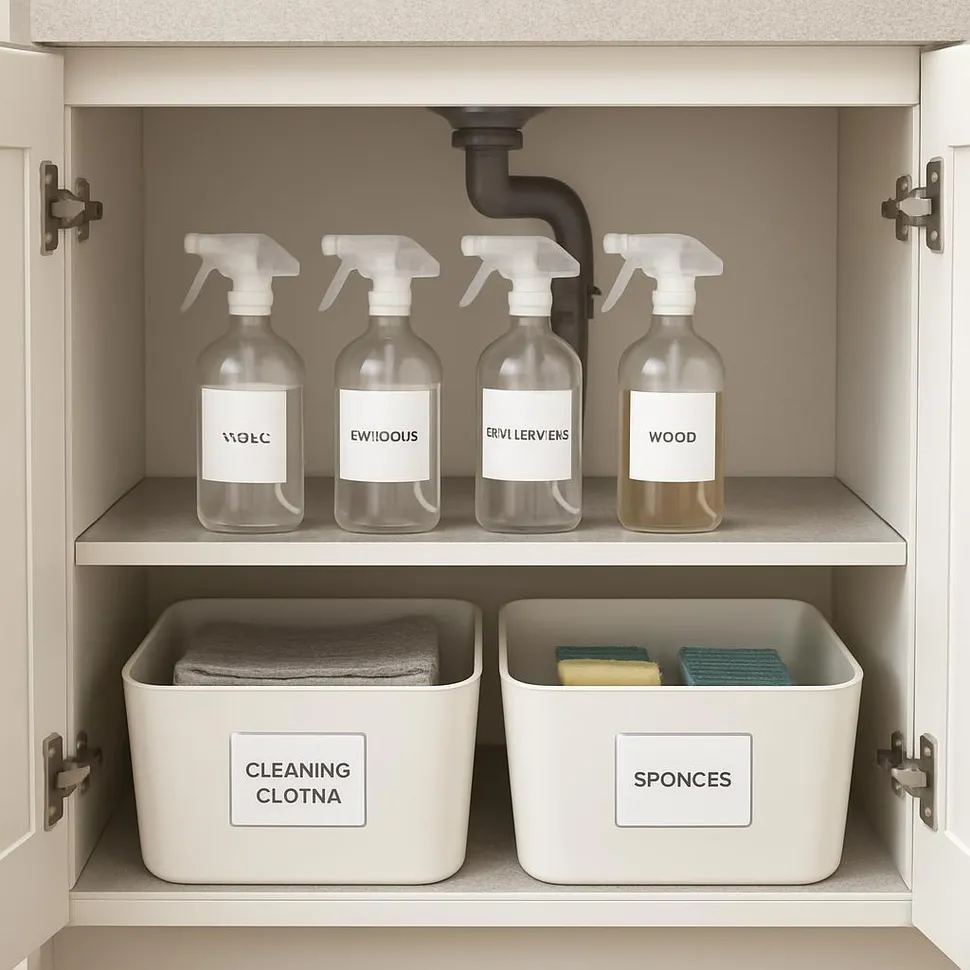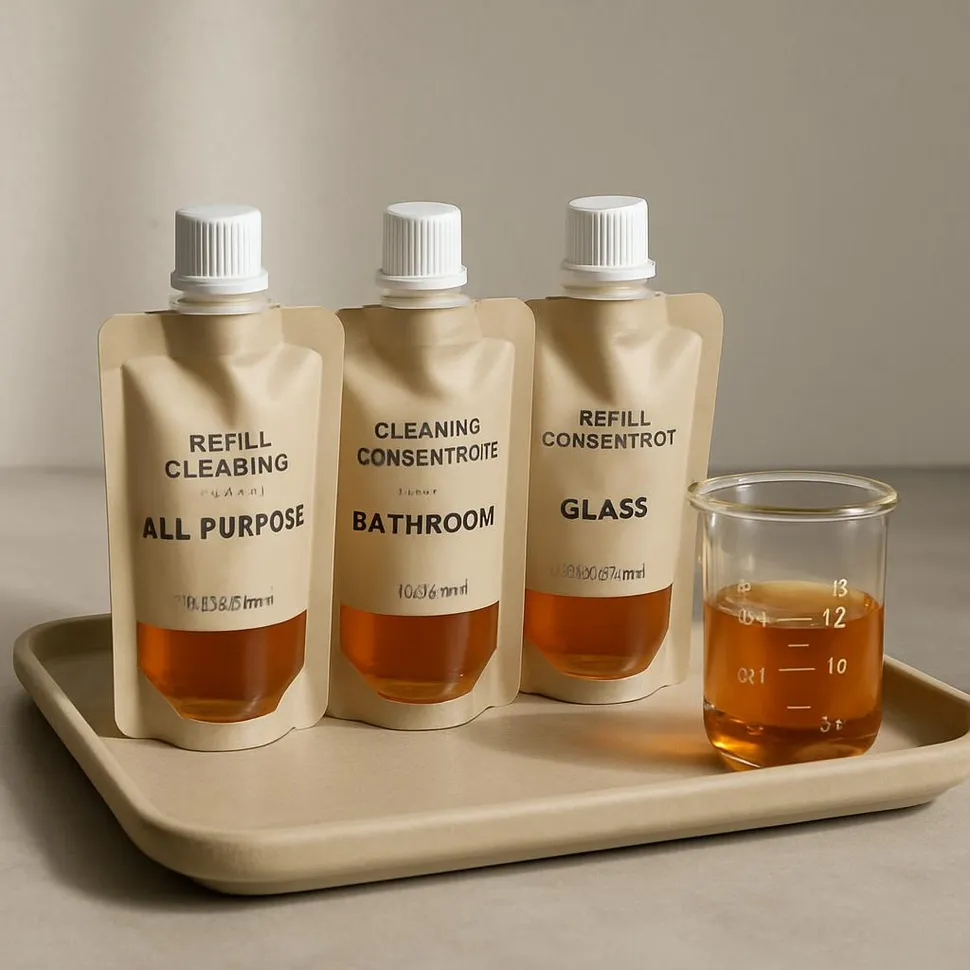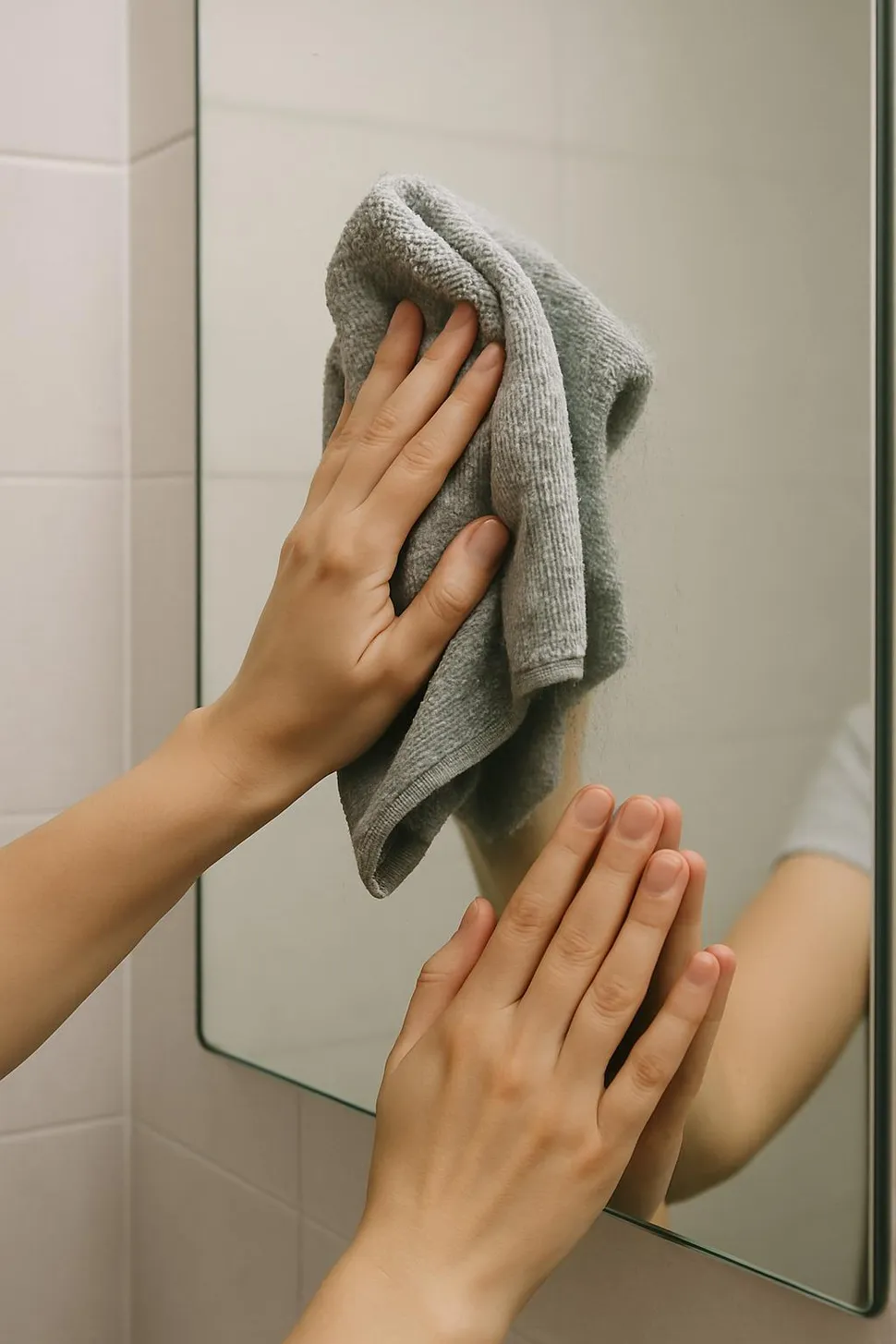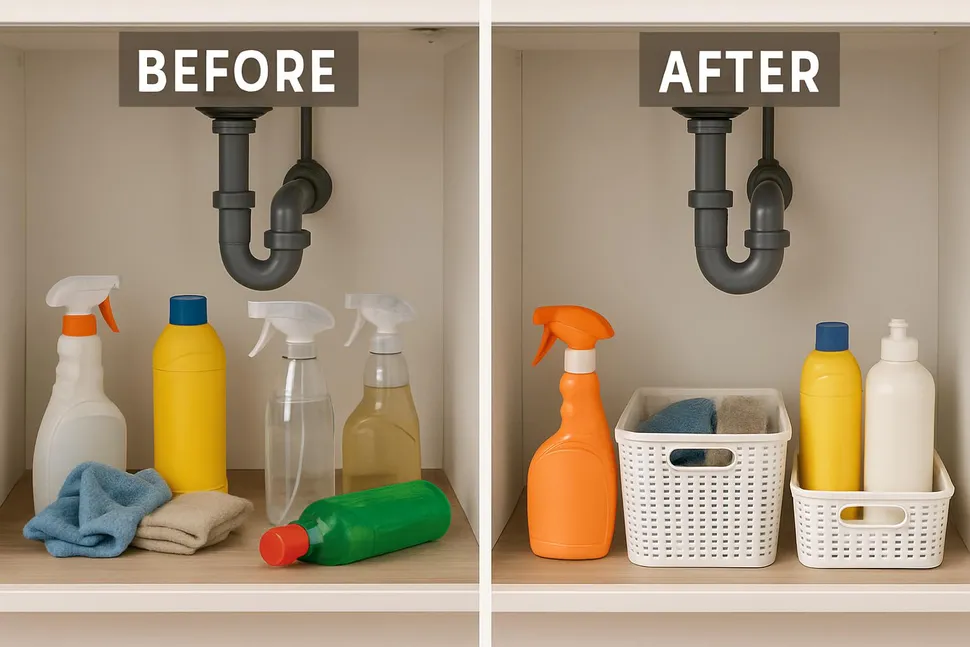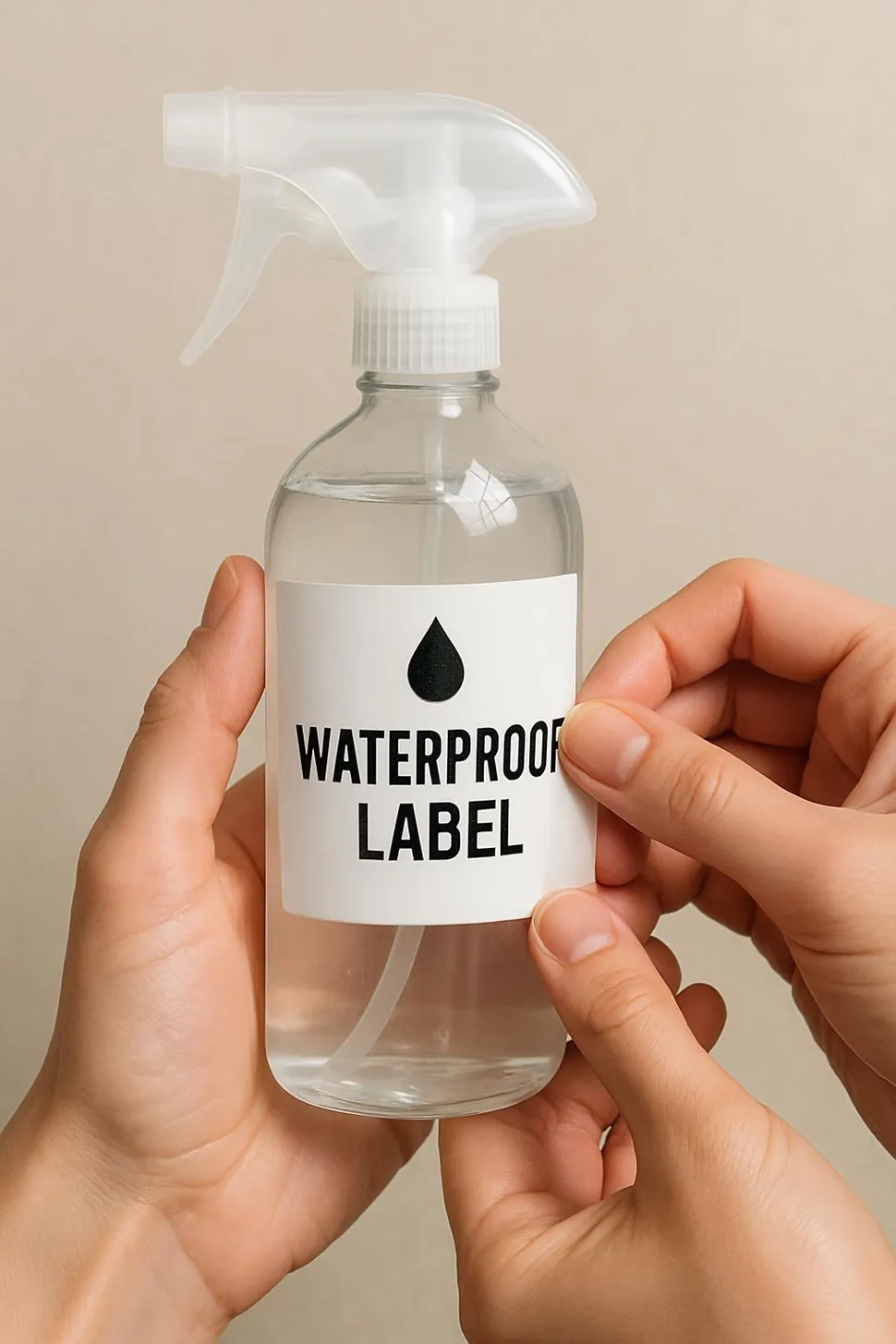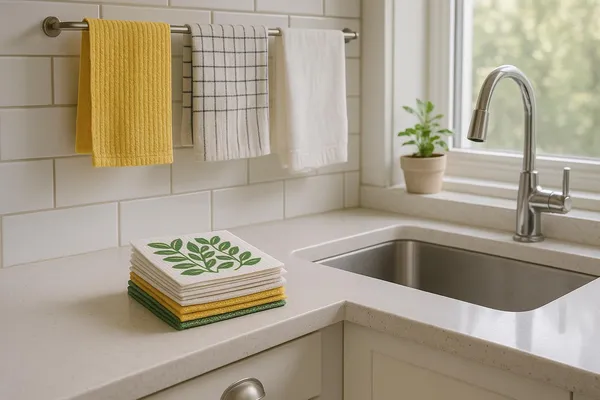If your under-sink cabinet looks like a tiny gym where heavy plastic bottles go to bulk up, this one’s for you. Refillable cleaning concentrates turn that clunky chaos into a sleek, low-waste system that actually saves money and shelf space. Today we’re testing sprays, tablets, and dissolvables, comparing them side by side, and sharing when it’s smarter to DIY. We’ll do quick cost-per-ounce math, surface-by-surface picks, and a label glow-up so your cleaning caddy goes from gremlin cave to Pinterest-pretty in an afternoon.

Why refillable concentrates beat the big bottles
- Less plastic waste: You keep the same durable bottle and add a tiny concentrate or tablet.
- Lighter shipping and storage: No more paying to ship water across the country.
- Easier to stash: Slim packets and tablets take up about as much space as a deck of cards.
- Money-smart: You’ll often pay less per ounce than big-brand conventional cleaners.
If you’re already dialing in a lower-waste kitchen, this pairs beautifully with your food storage swaps and routines from The Plastic-Free Fridge: A Guide to Sustainable Food Storage That Actually Keeps Things Fresh and Zero-Waste Freezing: A Practical Guide to Plastic-Free Food Storage.
⚠️Important safety note
Never mix cleaning chemicals unless a recipe explicitly tells you to. Do not combine bleach with vinegar or ammonia, and remember that most DIY cleaners are not EPA-registered disinfectants. If you need true disinfection, use an EPA-registered product as directed.
The three main refill types (and how they perform)
Think of concentrates as tiny superpowers waiting for water. Here’s how the main types stack up.
1) Liquid concentrates (measured capfuls or sachets)
- How it works: Pour a capful or a packet into your bottle, fill with water, swirl.
- Where they shine: Degreasing the kitchen, general multipurpose cleaning.
- Pros: Versatile; easy to tweak strength; great for mops and buckets.
- Watch-outs: Can be messy if over-poured; check dilution ratios.
2) Tablets
- How it works: Drop a tablet into a bottle, add warm water, wait for fizzing to finish.
- Where they shine: Glass/mirror, all-purpose, bathroom cleaners.
- Pros: Zero measuring; tiny storage footprint; travel-friendly.
- Watch-outs: Hard water can leave glass streaks if formula is mild; give tablets a minute or two to fully dissolve.
3) Powder or strip dissolvables
- How it works: Add packet or strip, fill bottle with water, shake.
- Where they shine: Floors, all-purpose, sometimes bathroom cleaner.
- Pros: Lightest shipping; hard to spill; easy to stock up.
- Watch-outs: A few varieties can be too gentle for heavy soap scum; choose surface-specific packs.
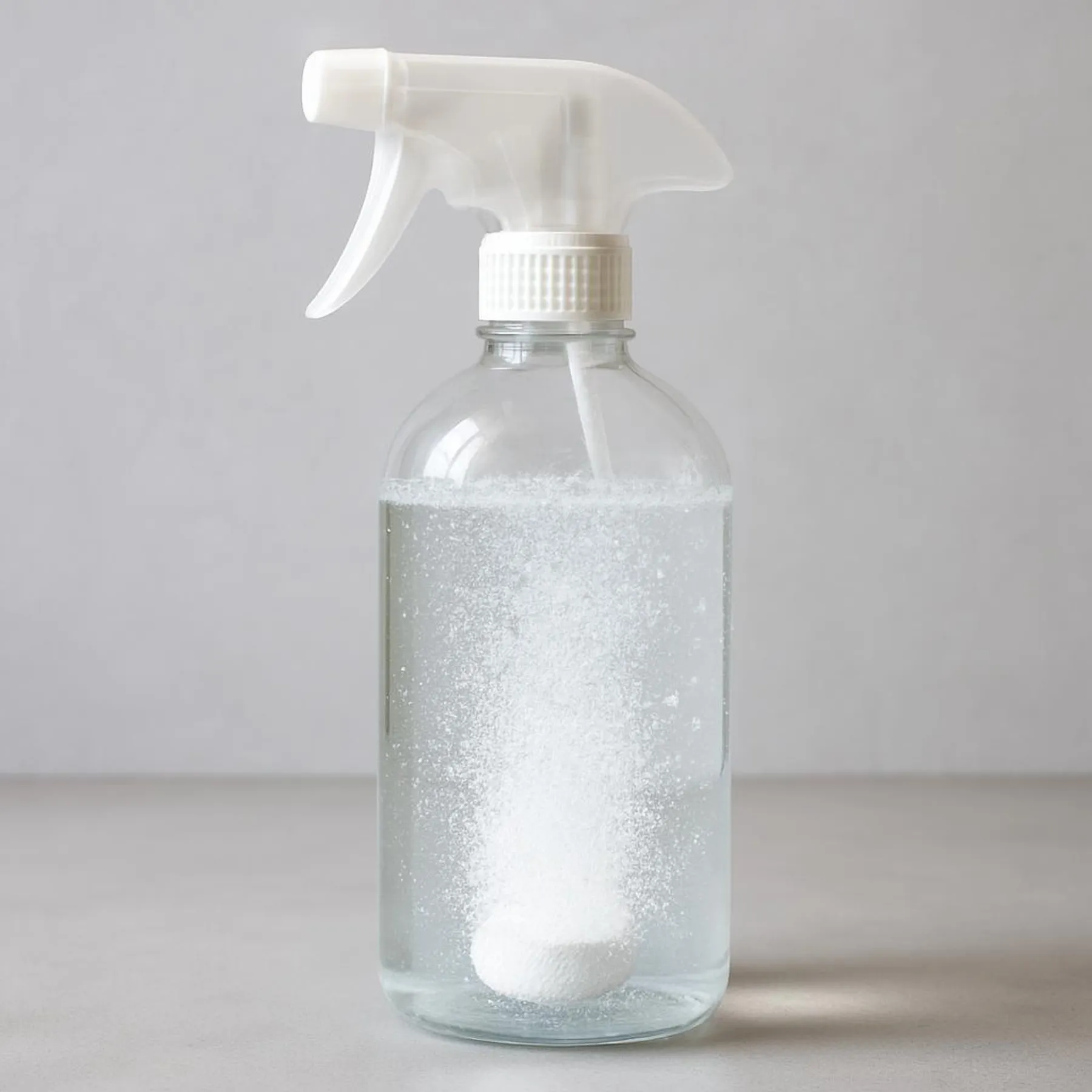
You don't need more plastic to get things clean—just smart formulas and the right bottle.
Chloe Greenfield
Cost-per-ounce math (with real-world ranges)
Let’s crunch the numbers with simple, conservative assumptions. Prices vary by brand and sales, but here’s what I see over and over:
- Typical conventional multipurpose cleaner: $4–$6 for 26–32 oz
- Rough cost: 12–23 cents/oz
- Refillable tablet or strip: $2–$3 per bottle (24–27 oz)
- Rough cost: 7–12 cents/oz
- Liquid concentrate: $6–$12 for a small bottle making 6–12 refills
- Rough cost: 6–14 cents/oz
🧮Quick math example
A $2.25 tablet that makes 24 oz costs about 9 cents/oz.
A $5.50 conventional cleaner at 28 oz costs about 20 cents/oz.
If you use one bottle a week, the refill can save ~$5–$10/month and a pile of plastic bottles every year.
Best matches by room and surface
Your home is a mix of finishes that behave like different personality types. Give each what it needs, and they’ll shine for you.
- Kitchen counters (laminate and sealed wood): Liquid concentrate or tablet all-purpose is plenty. For greasy splatters, a slightly stronger liquid concentrate wins.
- Natural stone (granite, marble, quartzite): Skip vinegar and anything too acidic. Choose stone-safe, pH-neutral concentrates labeled for stone. Test on a small area first.
- Glass and mirrors: Tablets or strips formulated for glass are streak-fighting champs. Use a lint-free cloth and buff dry.
- Stainless steel: Look for a stainless formula or a very mild all-purpose; buff with a microfiber finishing cloth.
- Bathroom sinks and tubs: All-purpose tablet or concentrate works for daily clean. For soap scum, choose a bathroom-specific concentrate with better surfactants.
- Grout and tile: Powder concentrates that can be mixed a bit stronger pay off here; scrub with a grout brush.
- Floors: A floor concentrate with a bucket dilution is easy and economical. Avoid oil-heavy recipes on sealed wood floors.
Want help getting that under-sink zone sorted? Pair today’s project with Under-Sink Black Hole: The 30-Minute Cabinet Makeover to make a leak-safe, labeled cleaning hub you’ll actually use.
The prettiest caddy is the one you’ll use (setup guide)
Here’s a simple, durable kit to keep you from dashing all over the house mid-clean:
- 2–4 16 oz glass spray bottles with silicone bumpers (multipurpose, glass, bathroom, stone).
- A labeled squeeze bottle or jar for floor concentrate and a measuring cup.
- A small funnel and a pack of dissolving tablets or strips in a lidded tin.
- Color-coded cloths: one set for glass, one for kitchen, one for bathroom. See Microplastics in Laundry: Do Guppyfriend Bags and Filters Work? for smarter microfiber washing to reduce microplastic shedding.
- Waterproof label stickers so you never mix up formulas.
- A handled caddy so the essentials travel with you room to room.
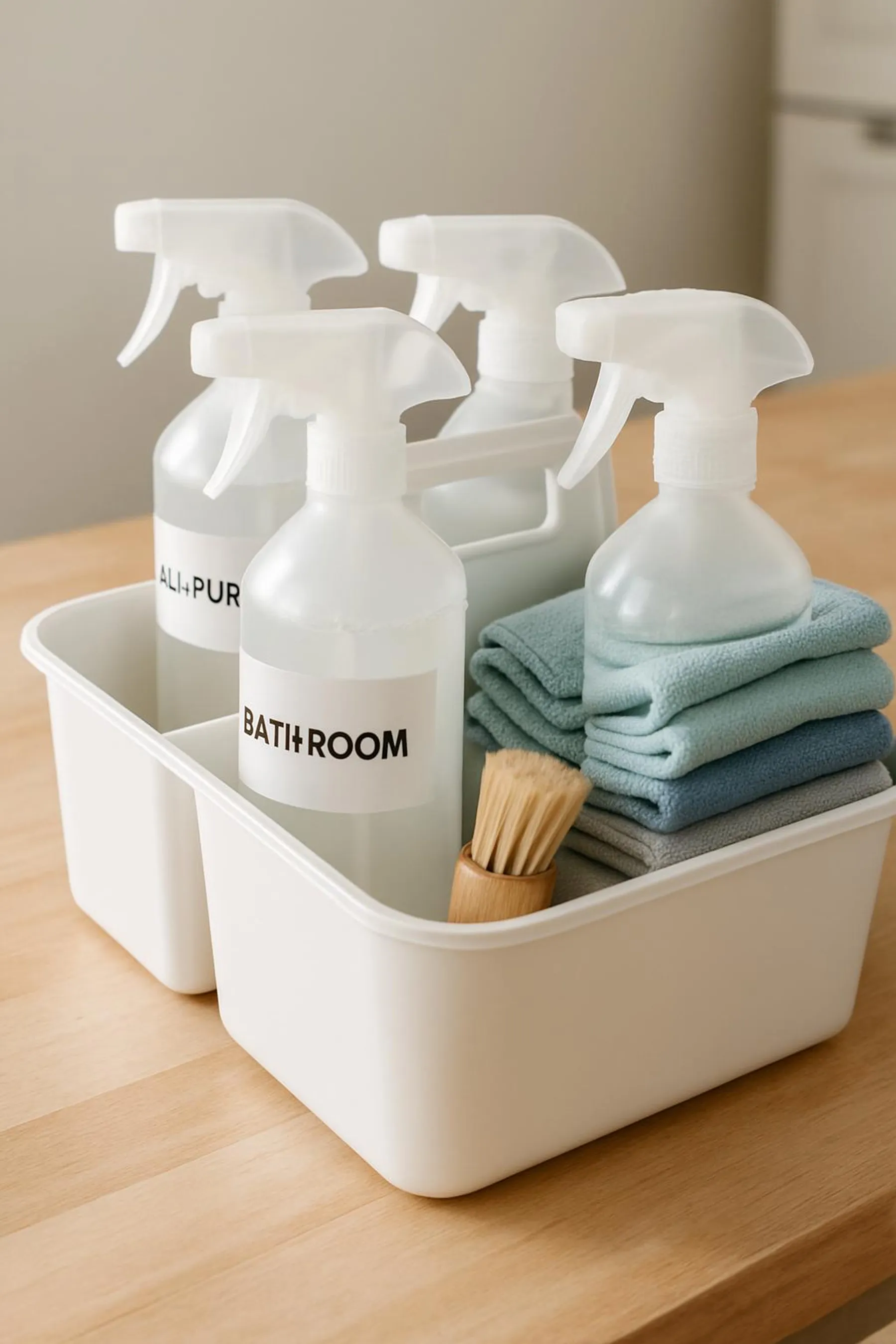
These are easy, beginner-friendly items. Choose what fits your style and budget.
- Amber glass spray bottles (16 oz, with silicone sleeves)
- Refillable cleaning tablets (all-purpose and glass)
- Waterproof vinyl labels for cleaning bottles
- Mini stainless funnel set (for concentrates)
🏷️Label like a pro
Include the product name, date mixed, and dilution ratio. Example: “Multipurpose, 1 tablet + 24 oz water, mixed May 5”. Your future self will swoon.
When to DIY (and when to buy)
I adore a good DIY. But sometimes the refill is the right tool, especially when you need consistent streak-free results. Use this guide:
Choose DIY if:
- You want ultra-simple ingredients and already have a stash.
- You’re cleaning general surfaces that don’t need heavy-duty degreasing or soap-scum busting.
- You’re comfortable with the limitations: most DIY formulas are cleaners, not disinfectants.
Choose refills if:
- You want a formula tuned for glass, stone, or stainless.
- You need better grease or soap-scum cutting, minus strong smells.
- You prefer set-it-and-forget-it convenience.
My favorite easy DIYs
- DIY glass cleaner: 1 cup distilled water + 1 cup isopropyl alcohol (70%) + 1 tbsp distilled white vinegar. Shake gently. Use with a lint-free cloth. Skip on natural stone.
- Mild all-purpose: 2 cups warm water + 1 tsp unscented castile soap. Great for cabinets and light messes. Rinse if residue remains.
- Soft scrub (sinks and tubs): Make a paste of baking soda and castile soap; scrub with a damp sponge; rinse well.
- Fresh-surface spray (non-stone): 1.5 cups water + 0.5 cup distilled white vinegar. Add a few drops of neutral dish soap if needed. Not for granite or marble; avoid mixing with bleach.
For more recipes and room-by-room ideas, hop to Greener Clean: DIY Eco-Friendly Cleaning Products for Every Room. And if you’re upgrading sponges and dish routines too, check out Transform Your Dishwashing Routine Into an Eco-Friendly Practice for suds that respect the planet.
Troubleshooting and care
- Streaky glass: Use distilled water if your tap is hard, and choose a tablet or strip formulated for glass. Buff with a clean, dry cloth.
- Soapy residue on counters: You may be mixing too strong. Refill the bottle and adjust the ratio. Switch to a pH-neutral stone-safe cleaner for granite/marble.
- Tablet not dissolving: Use warm, not hot, water and wait 2–3 minutes. Swirl gently; don’t shake aggressively right away.
- Funky bottle smells: Rinse bottles with warm water between refills. Once a month, wash with a tiny bit of dish soap, rinse well, and air dry.
- Stubborn soap scum: Let the bathroom formula sit for 2–3 minutes before scrubbing. For extreme cases, a specialty refill or a non-scratch scrub paste helps.
- Storage: Keep tablets and powders in a dry tin away from steamy bathrooms.
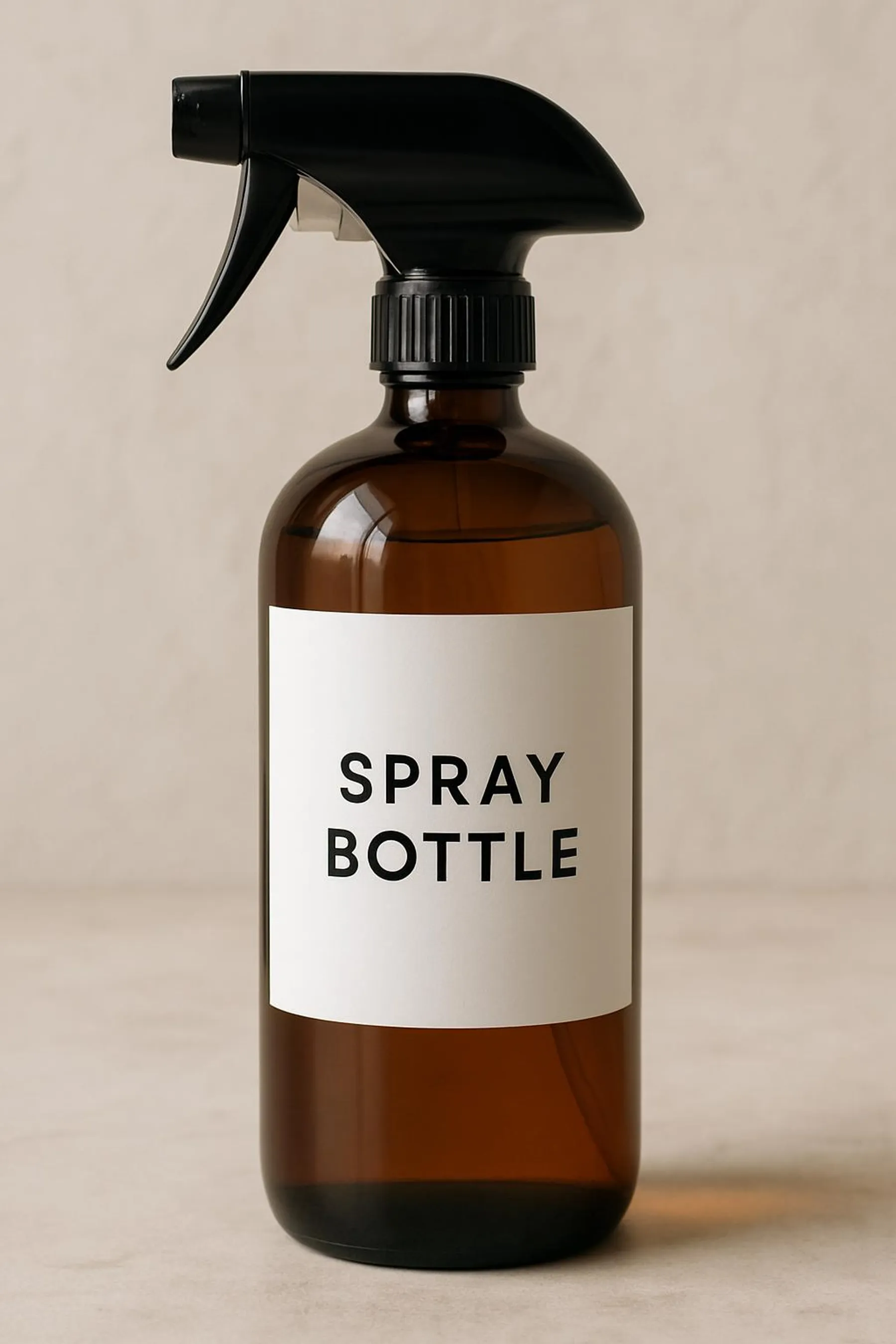
🪨Stone counter PSA
Natural stone is sensitive. Avoid vinegar and citrus in DIY mixes for granite and marble. Choose stone-safe, pH-neutral concentrates and always spot-test first.
The 7-day refill reset (no-drama edition)
Tiny wins add up fast. Here’s your one-week plan to switch without stress.
- Day 1: Pick your two most-used cleaners (multipurpose and glass). Order tablets or a liquid concentrate and 2 spray bottles if you need them.
- Day 2: Clear and line your under-sink cabinet. Use the quick steps in Under-Sink Black Hole: The 30-Minute Cabinet Makeover.
- Day 3: Mix your first refill. Label it with the date and ratio. Do a mini test on your stove and dining table.
- Day 4: Add a bathroom formula and a dedicated cloth. Store tablets in a tin to keep moisture out.
- Day 5: Build your caddy. Add a funnel, cloths, and labels. Snap a photo because you’re officially organized.
- Day 6: Try a simple DIY (glass or mild all-purpose) and compare results to your refill.
- Day 7: Retire one empty plastic bottle to your recycle bin and commit to refilling instead of rebuying.
What about paper towels?
You already know the move: give your refills a sidekick crew of reusables. My personal MVPs are Swedish dishcloths and cotton unpaper towels. If you’re curious how they compare on spills and stains, bookmark Paper Towel Detox: Reusable Alternatives That Actually Work for care tips and a kitchen setup that sticks.
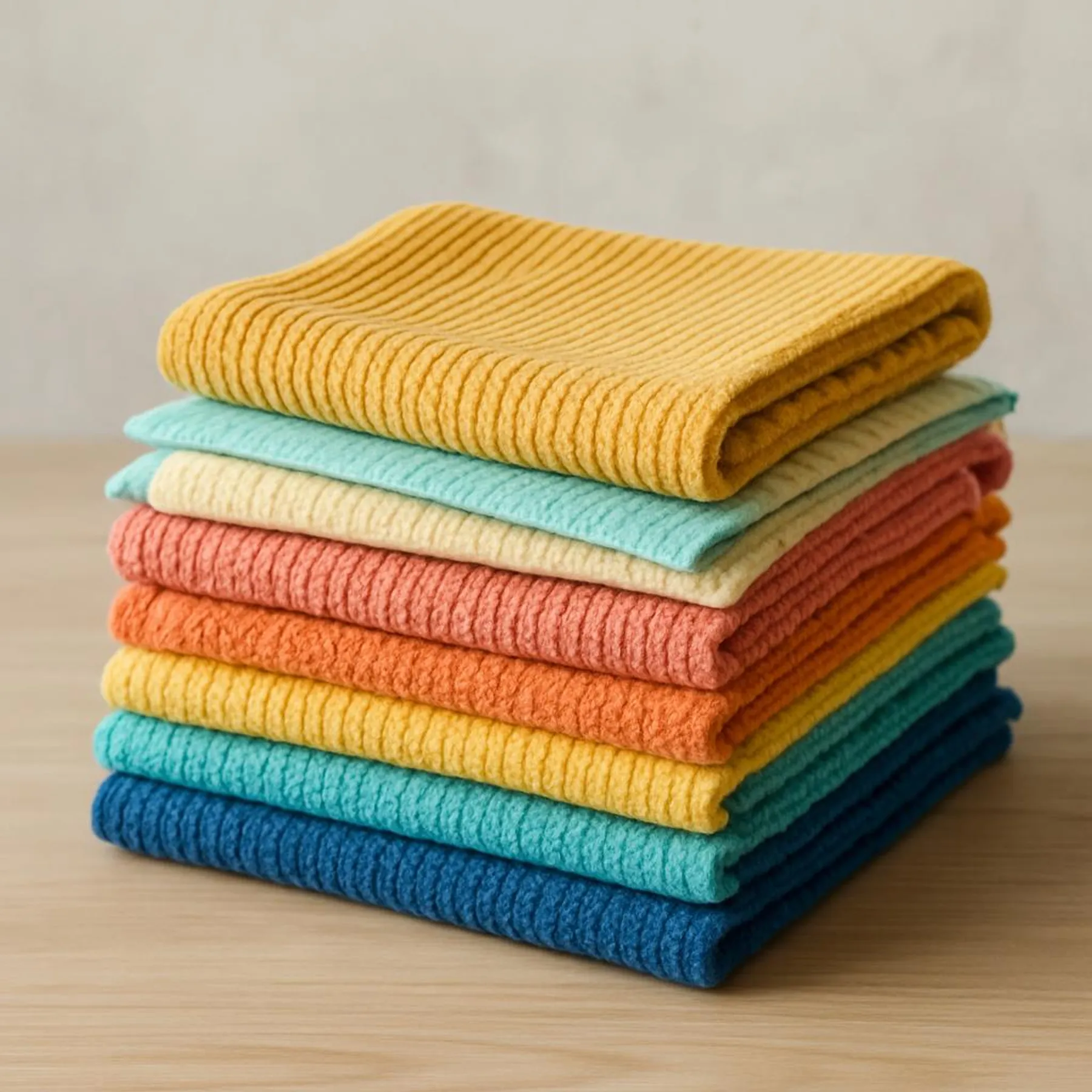
- Multi-surface liquid concentrate options
- Floor cleaner concentrate (bucket dilution)
- Stone-safe pH-neutral cleaner
Remember: pick one format per surface and stick with it for a few weeks. Consistency is where the magic happens.
You’ve got this. Ditching bulky bottles for a slim, smart refill kit is one of those delightful butterfly-effect changes: less plastic, less clutter, less mental load… and a whole lot more sparkle. Mix your first bottle today, label it like a boss, and tag us with your caddy glow-up on Instagram so we can cheer you on: @mysimple.life.official. Clean, green, and gorgeous—your home is about to love this as much as the planet does.

